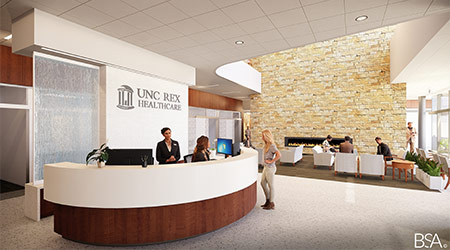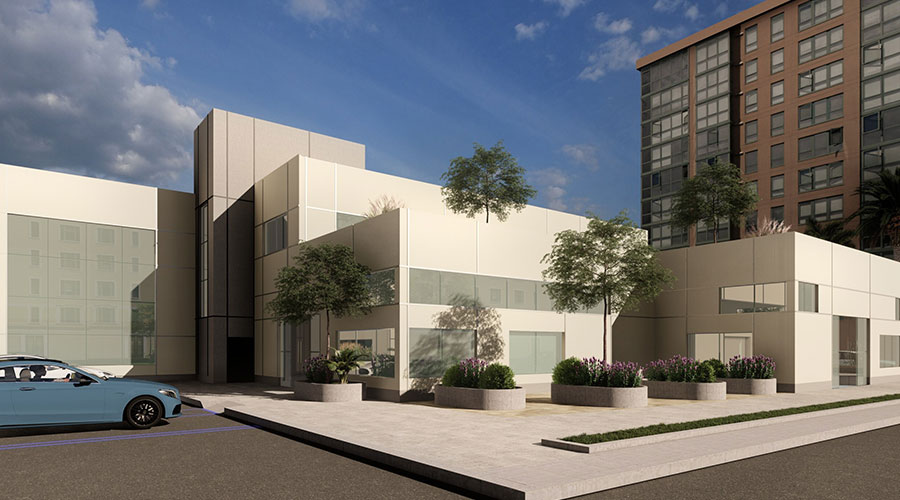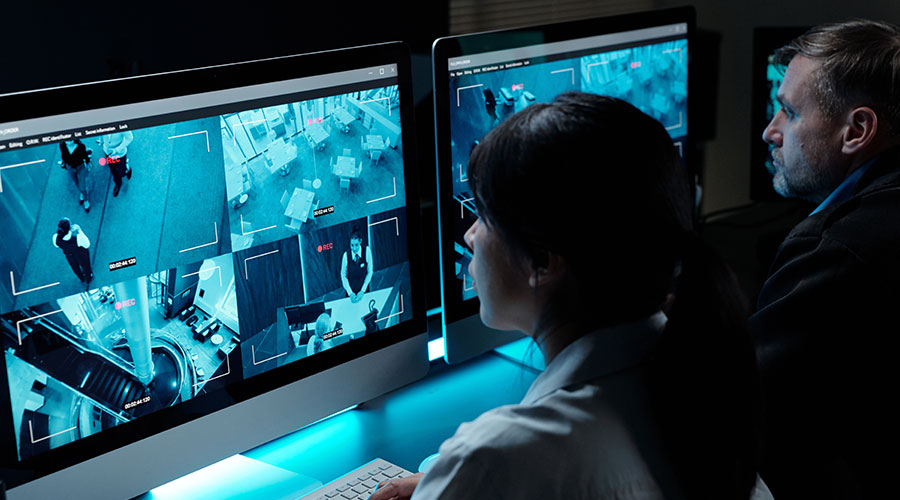Team and meeting management. Availability of patient information. Workload. All of these components are driving factors in the multi-disciplinary team (MDT) approach to cancer care delivery. However, to make this collaboration work, facility managers need to help carve out the proper space.
Formulated in the mid-1980s, the multi-disciplinary oncology approach enlists the cooperation between different specialized professionals involved in cancer care. That group could include nurse navigators, medical oncologists, radiation oncologists, surgeons, chemotherapy and infusion specialists, physician assistants, pharmacists, nutritionists, social workers, chaplains, psychotherapists, massage therapists and meditation therapists.
Today, the approach continues to be a critical part of the treatment approach to cancer patients, as more cancer centers continue to turn to the model to improve coordination, communication, and decision-making between healthcare team members and patients.
A focused team of caregivers that communicates with each other, with patients, as well as the patient’s family members is better suited to formulate treatments that are customized to specific conditions and needs of each patient.
Quality care with positive outcomes is the primary focus of the cancer patient. In the patient’s mind, the Multi-Disciplinary Care approach with providers working in partnership is thought to contribute to that goal.
Recognizing the need to place the patient firmly at the center of care protocols, leading cancer treatment centers place a priority on patient convenience. Today’s centers are co-locating all cancer patient services in a single facility or adjacent building.
These spaces feature improved layouts, which support multiple disciplines, care teams and support services. The spaces not only enhance the patient experience by making it easier to meet with multiple caregivers, but by having all cancer care services under a single roof, it facilitates the entire care team’s communication.
Surveys show that the quality of care perception is directly related to the interaction between patients and caregivers. Simply put, caregivers have a direct impact on the patient experience. That means you cannot overlook the need of caregivers.
A key design driver of a Multi-Disciplinary Care facility is supporting physician and caregiver collaboration. During the programming phase, it is important to include physicians and other cancer care team members to discuss how they are using their space and how it supports collaboration. Engage discussions on how they envision an ideal space to develop a solution that meets their specific workflows.
Douglas Abrams is an architect with BSA LifeStructures. He can be reached at dabrams@bsalifestructures.com.
Photo courtesy of BSA LifeStructures.

 How Healthcare Facilities Can Be Truly Disaster-Resilient
How Healthcare Facilities Can Be Truly Disaster-Resilient TriasMD Breaks Ground on DISC Surgery Center for San Fernando Valley
TriasMD Breaks Ground on DISC Surgery Center for San Fernando Valley Bigfork Valley Hospital Falls Victim to Data Breach
Bigfork Valley Hospital Falls Victim to Data Breach AI-Driven Facilities: Strategic Planning and Cost Management
AI-Driven Facilities: Strategic Planning and Cost Management  Double Homicide Suspect Hides from Police in Upstate Community Hospital
Double Homicide Suspect Hides from Police in Upstate Community Hospital